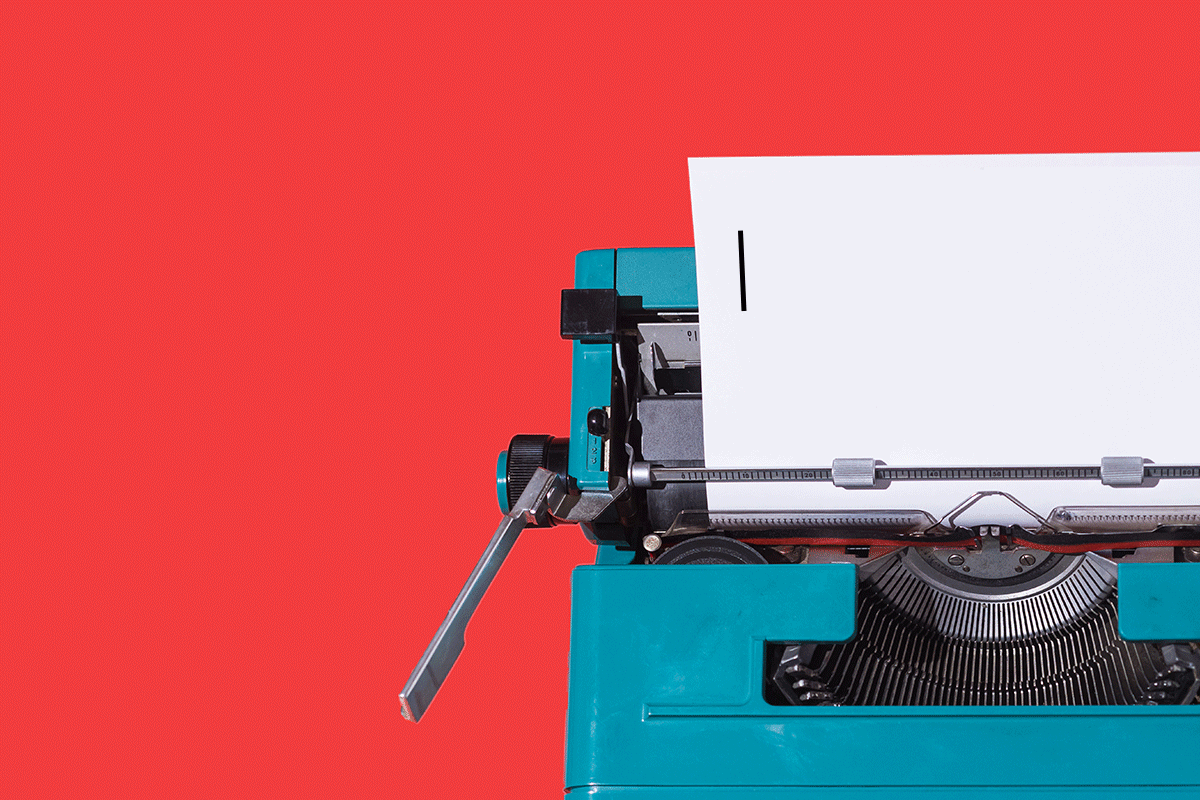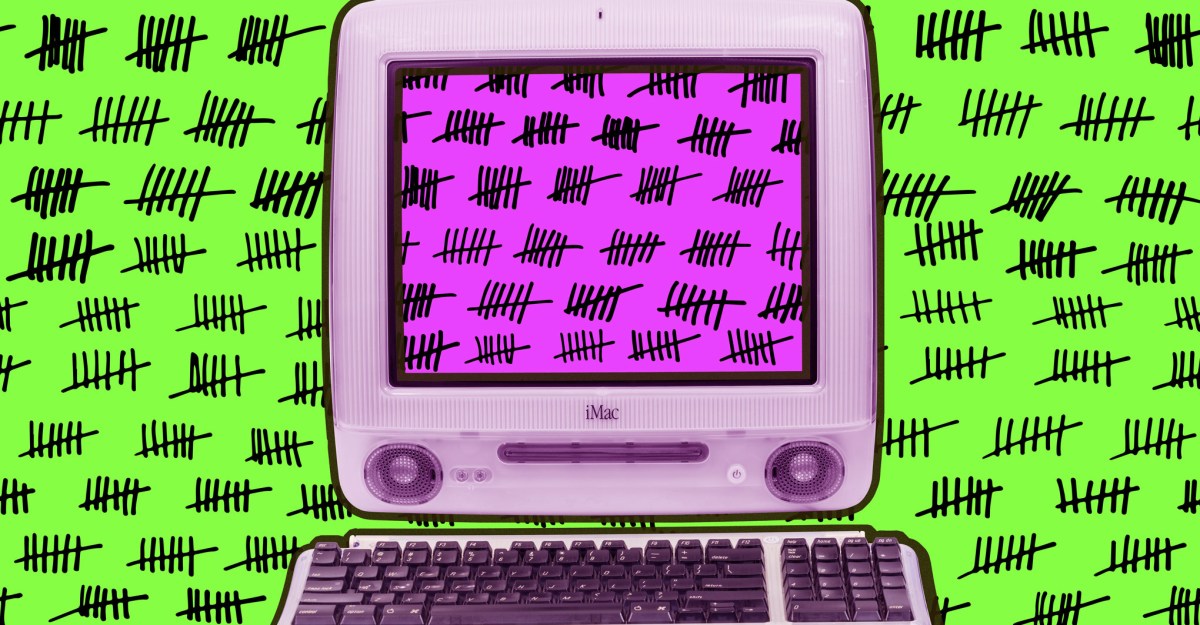
The 7 Writing Apps I Used to Start and Finish My Book.
A book, multiple software programs.
The creation of a book can be an extremely personal and varied experience, and one of the most interesting elements of this process is the use of different writing applications. In an unconventional approach, the author shares his experience through a mix of tools that, rather than working harmoniously, function independently and often redundantly.
The author begins the writing process by gathering ideas, a stage he finds enjoyable and full of potential. He often draws inspiration from various sources such as books, movies, and everyday conversations. To organize his thoughts, he uses two distinct applications: Bear and Apple Notes. Each serves a specific role; Bear for more structured ideas, and Notes for capturing fleeting thoughts without worrying about formatting.
As he progresses in writing the book, note-taking intensifies, and the author immerses himself in iA Writer, a minimalist word processor that allows him to focus on the hard work of drafting. Although he has tried other programs, this is his favorite, even despite the associated cost. He prefers writing on a basic iPad, which helps him avoid distractions from the digital world.
Once he has written a preliminary draft, the author transfers his work to Google Docs, where he begins to organize his story, which he considers crucial for maintaining narrative structure. The familiarity of Google Docs enables him to feel in a work environment, perhaps giving him a more structured work style.
The use of artificial intelligence tools in writing proves to be a divisive topic. The author observes that, although many writers avoid these technologies, he occasionally experiments with them, though he does not find much utility in his creative work.
Upon reaching the revision phase, he faces the challenge of managing an extensive document, which leads him to use Scrivener, an application specifically designed for writers. However, despite its usefulness for organizing content, he ultimately prefers to return to Google Docs to finalize his manuscript. At the end of the process, the manuscript is transferred to Microsoft Word, the industry standard for publishing, for final adjustments before publication.
The pre-publication stage includes additional work in managing marketing and publicity commitments. For this, he uses Craft 3, an application that helps him keep his responsibilities organized efficiently.
In summary, the author's journey through different tools reflects his ongoing commitment to adapting to the needs of his project. From idea generation to publication, each application presents its own challenges and benefits, reaffirming the idea that true writing often emerges from chaos and experimentation.



